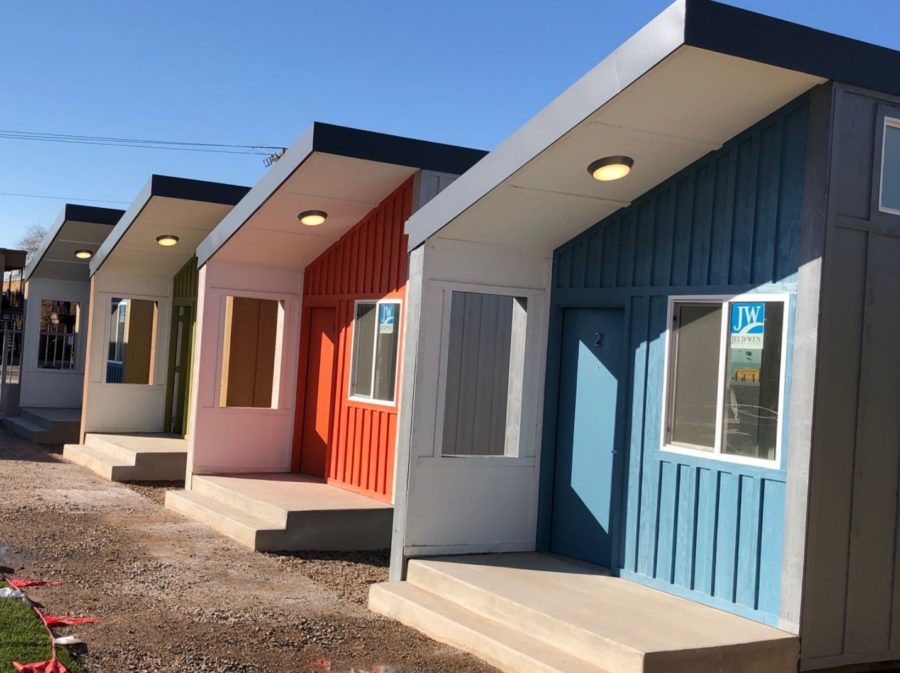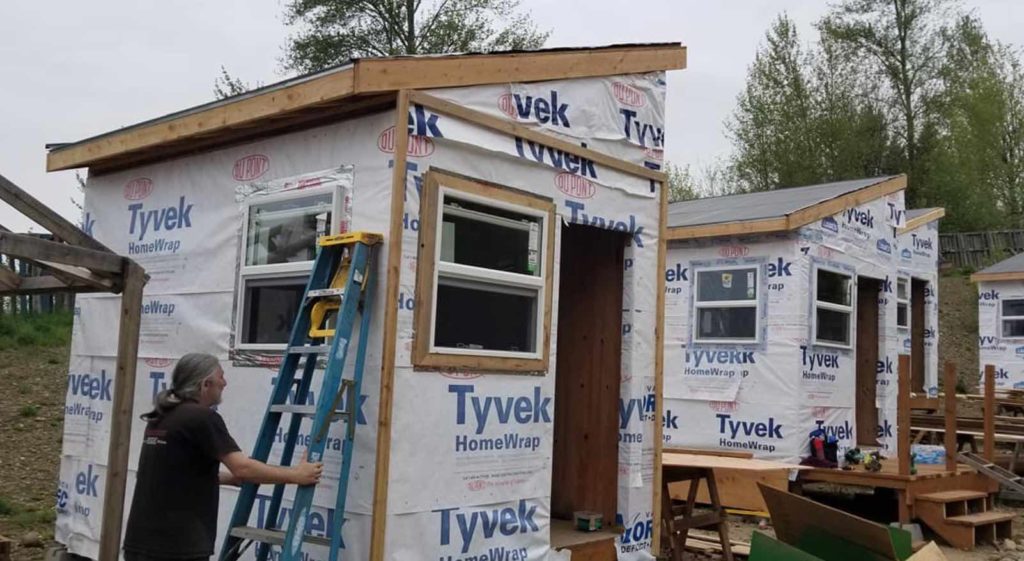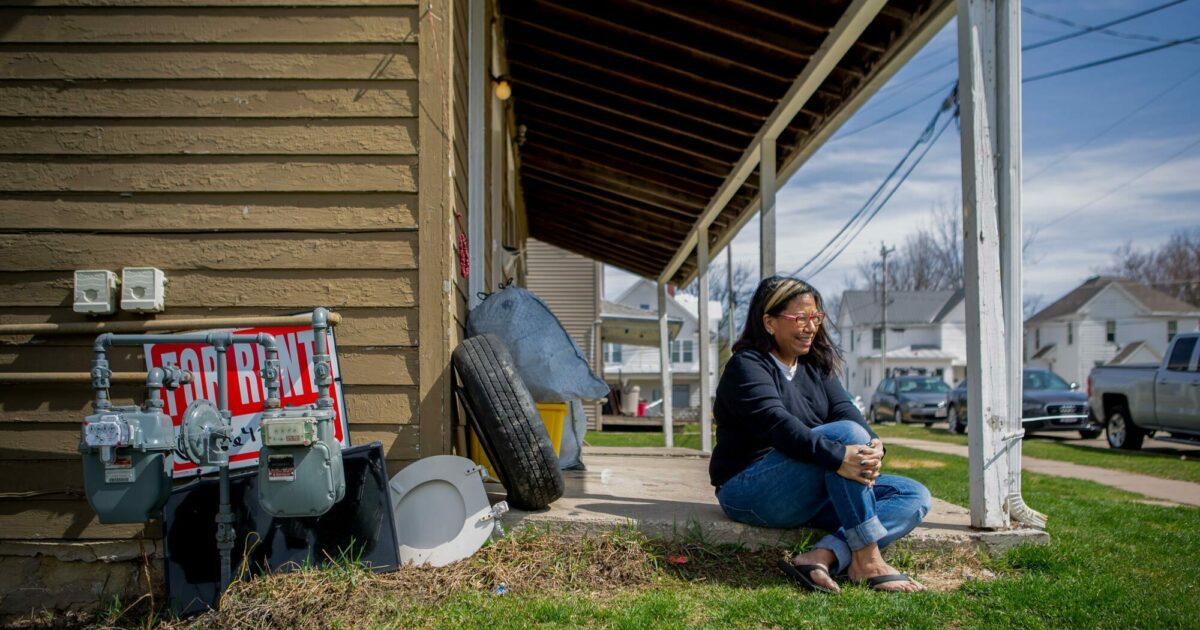Churches have a long history of providing shelter and support to the homeless. In recent years, many churches have begun to build homeless villages and tiny houses as a way to provide more permanent housing options for people who are homeless.
There are many benefits to churches providing shelters and tiny houses for the homeless. First, it provides a safe and stable place for people to live. Homeless villages and tiny houses are often located in safe and supportive communities, and they offer a sense of community and belonging for people who are often isolated and alone.

Second, it can help people transition back into permanent housing. Homeless villages and tiny houses can provide people with a safe and stable place to live while they work on getting back on their feet. They can also provide access to resources and support services that can help people find and maintain permanent housing.
Third, it can help to reduce the stigma associated with homelessness. Homeless villages and tiny houses can help people with a safe and dignified place to live. They can also help to raise awareness of the issue of homelessness and to promote compassion and understanding for people who are homeless.
There are many different ways that churches are providing shelters and tiny houses for the homeless. Some churches are building their own homeless villages or tiny house communities. Other churches are partnering with other organizations to provide these services. And still, other churches are simply providing financial support to organizations that are already providing these services.
No matter how they do it, churches are making a real difference in the lives of people who are homeless.

Here are some examples of churches that are providing shelters and tiny houses for the homeless:
· The Church of Jesus Christ of Latter-day Saints has built over 100 homeless villages in the United States and Canada. These villages provide safe and secure housing for people who are homeless, as well as access to resources and support services.
· The Salvation Army has over 2,000 shelters and other programs that provide housing and support to people who are homeless. These programs include homeless shelters, soup kitchens, and job training programs.
· The Catholic Charities USA has over 2,000 programs that provide housing and support to people who are homeless. These programs include homeless shelters, soup kitchens, and job training programs.
Non-profits and churches are building homeless shelters and villages across the US using this typical 4-step formula.
The first step in building a homeless village is to acquire land. This can be done through a variety of means, such as purchasing land, leasing land, or using donated land.
Building a homeless village is expensive, so non-profits and churches need to raise money to cover the costs. This can be done through a variety of means, such as grants, donations, and fundraising events.
Once the land has been acquired and the money has been raised, it’s time to start designing and building the village. This involves working with architects, engineers, and construction crews to create a safe and comfortable space for people to live.
In addition to providing housing, homeless villages also need to provide a variety of services to their residents, such as job training, mental health counseling, and addiction treatment. These services can be provided by the non-profit or church that is building the village, or they can be provided by other organizations that are working with the village.
Gary Fleisher, the Modcoach



